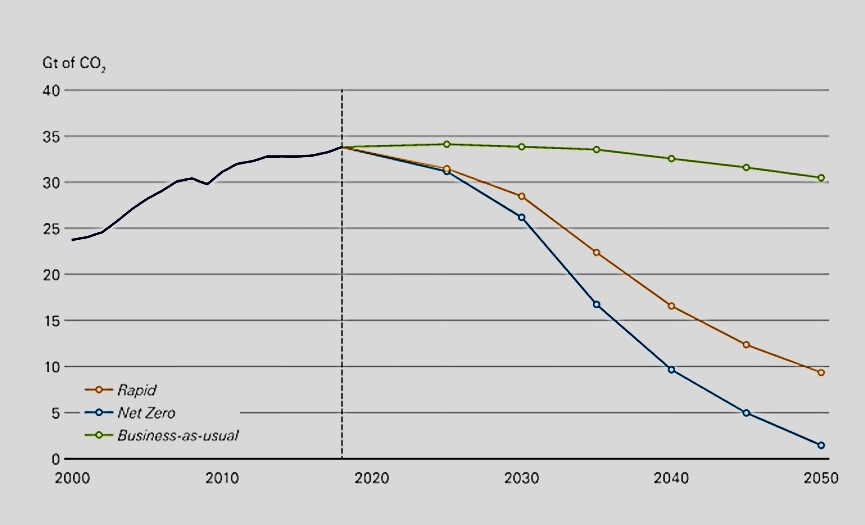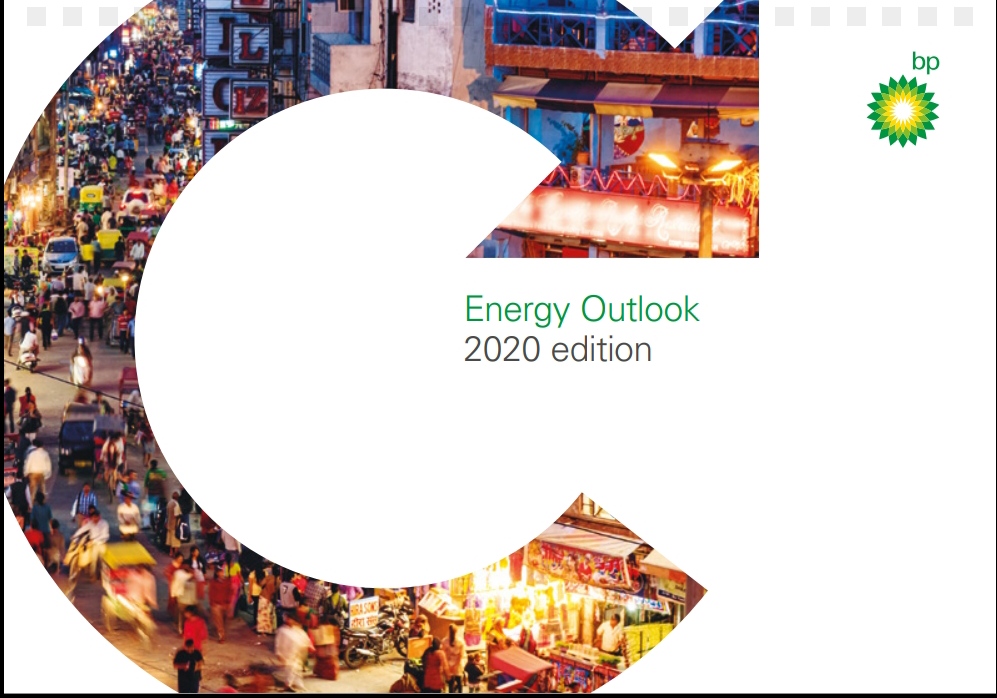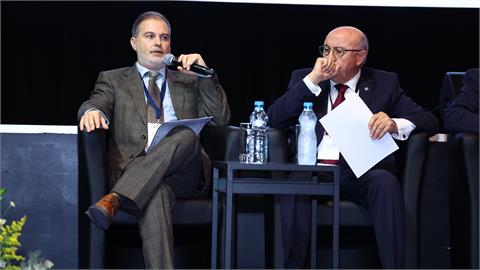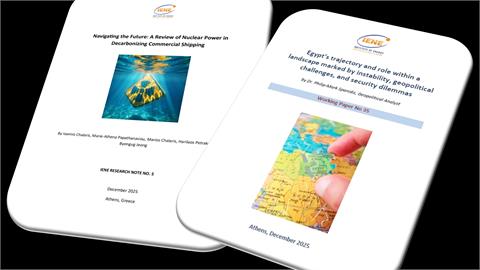In a special News Flash which IENE sent to its members on Monday, September 14, BP’s latest annual “Energy Outlook” report was presented.
The 2020 edition of BP’s Energy Outlook which was released, explores possible paths for the global energy transition, how global energy markets may evolve over the next thirty years and the key uncertainties that may shape them. Looking out to 2050 – a decade further than in previous editions – the Outlook is focused around three main scenarios.
In the main scenarios it considers, global energy demand continues to grow for at least part of the period to 2050. However, over this time, the structure of energy demand fundamentally shifts, with a declining role for fossil fuels offset by an increasing share for renewable energy and a growing role for electricity.
bp’s chief economist, Spencer Dale, will present the Outlook today at the start of this week’s series of capital markets presentations in which CEO Bernard Looney and bp’s leadership team will provide greater detail on the new strategy that bp introduced last month.
Bernard Looney commented: "The bp Energy Outlook is invaluable in helping us better understand the changing energy landscape and it was instrumental in helping us develop our new strategy. This year the Outlook reaches out a decade further than before, to 2050 – the year by which we intend to deliver our Net Zero ambition.
"Even as the pandemic has dramatically reduced global carbon emissions, the world remains on an unsustainable path. However, the analysis in the Outlook shows that, with decisive policy measures and more low carbon choices from both companies and consumers, the energy transition still can be delivered.
"It is one of the reasons I remain optimistic about the future and I hope readers will find the report helpful as we all try to make a difference.”
The Three Scenarios
The 2020 Outlook explores the energy transition to 2050 using three main scenarios. These are not predictions but, based on alternative assumptions about policies and societal preferences, are designed to help explore the range of outcomes possible over the next 30 years.
§Rapid assumes the introduction of policy measures, led by a significant increase in carbon prices, that result in carbon emissions from energy use falling by around 70% by 2050 from 2018 levels. Rapid is broadly in line with scenarios that are consistent with limiting the rise in global temperatures by 2100 to well below 2°C above pre-industrial levels.
§Net Zero assumes the policy measures of Rapid are reinforced by significant shifts in societal and consumer behaviour and preferences – such as greater adoption of circular and sharing economies and switching to low carbon energy sources. This increases the reduction in carbon emissions by 2050 to over 95%. Net Zero is broadly in line with a range of scenarios consistent with limiting temperature rises to 1.5°C.
§Business-as-usual (BAU) assumes that government policies, technologies and societal preferences continue to evolve in a manner and speed seen in the recent past. In BAU, carbon emissions from energy use peak in the mid-2020s but do not decline significantly, with emissions in 2050 less than 10% below 2018 levels.
Both the Rapid and Net Zero scenarios assume a significant increase in carbon prices, reaching
$250/tonne of CO2 in the developed world by 2050 and $175/tonne in emerging economies. This is much lower in the BAU scenario, with carbon prices reaching only $65 and $35/tonne CO2 by 2050 on average in developed and emerging economies respectively.
Commenting on BP’s latest Outlook Report, Spencer Dale, said: "The role of the Energy Outlook is not to predict or forecast how the energy system is likely to change over time. We can’t predict the future; all the scenarios discussed in this year’s Outlook will be wrong. Rather, the Outlook uses these different scenarios to help better understand the range of uncertainty we face as the energysystem transitions to a lower carbon world. Improving our understanding of this uncertainty is an important input into designing a strategy that is robust and resilient to the range of outcomes we may face.”

In order to view the full "Energy Outlook 2020” report please visit www.bp.com




